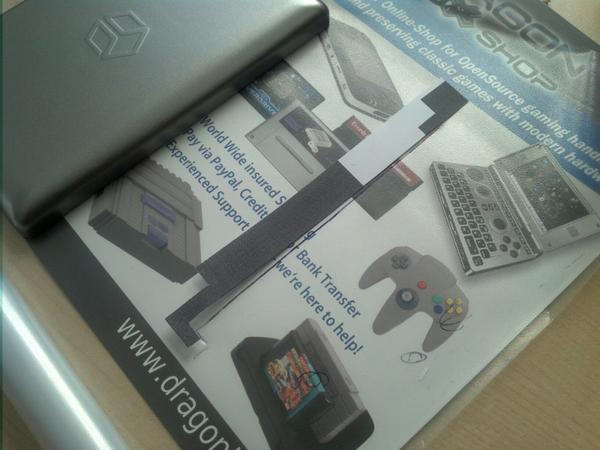Why have a really nice screen and really nice keyboard and game controls, if you're then going to put an OS on it that assumes your only input method is ten sausages? Why do people so badly want to cover their screen with finger grease?
Actually, Android supports just about every input method you could imagine. It even supports a mouse perfectly and just assumes a left click is the same as a finger tap on a screen spot, so I don't think it's fair to criticize Android in that regard. It also supports full keyboard and HID interfaces, including a dedicated (and standard) game controller layout, so games can automatically detect what inputs are available and optimize based on that - by presenting onscreen controls if no physical ones are available, for example.
I know it
supports a lot. But like I said, it
assumes and it
requires only fingers. So any Android app is
required to have an interface that works with fingers only. That's also how the vast majority of Android users use their device; very few people actually connect game controllers or full keyboards to their smartphone or tablet. So typically, the UI of Android apps is designed for touch, with physical input only as an optional afterthought for advanced users. If you're out of luck you can't even get rid of the onscreen controls.
Also, lots of Android apps look best in the portrait screen orientation since that's the normal orientation for smartphones. Some games even refuse to rotate to landscape. That's also rather annoying when you're using it in a landscape clamshell.




